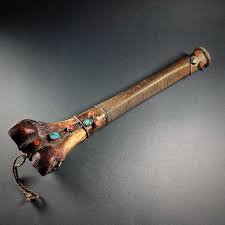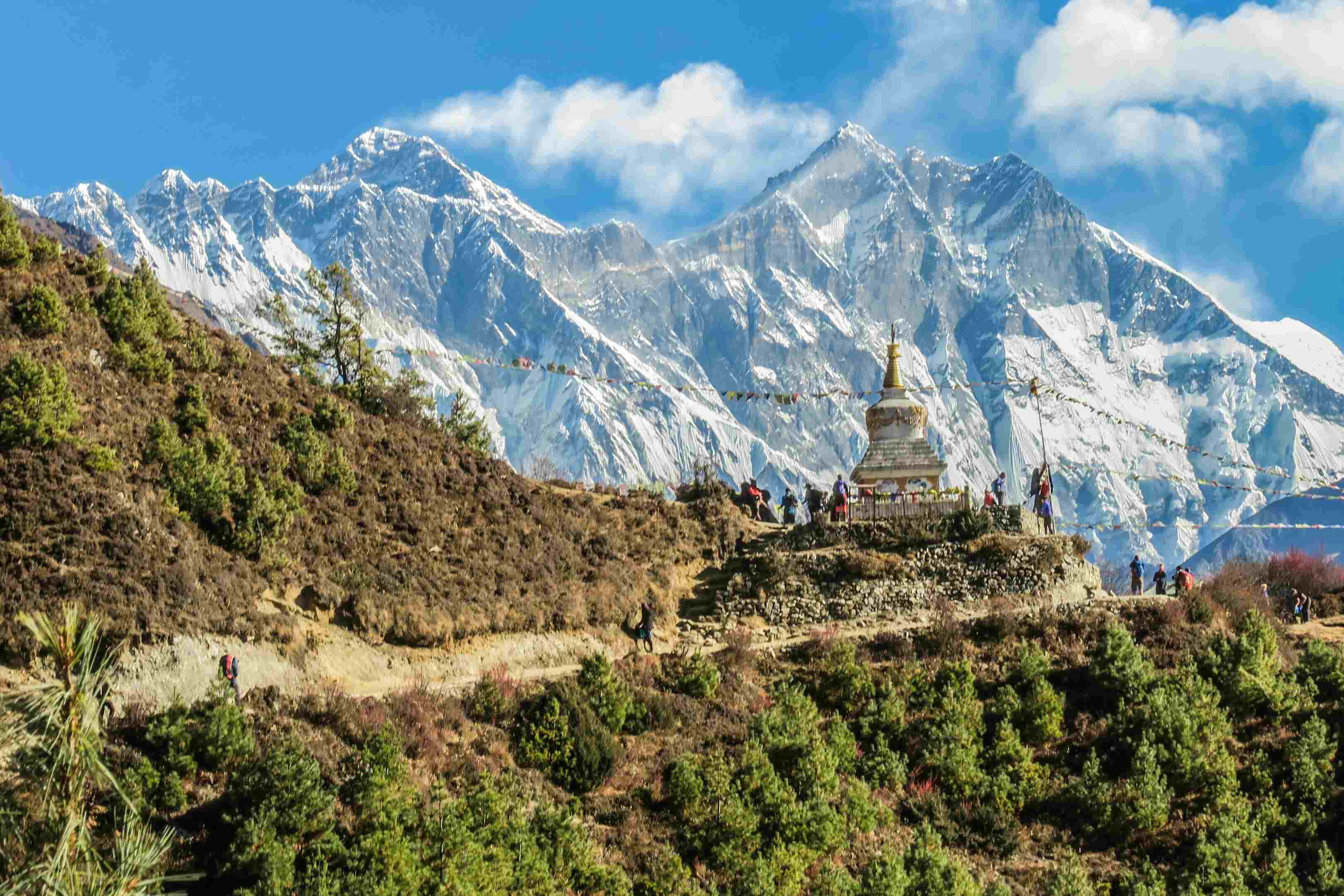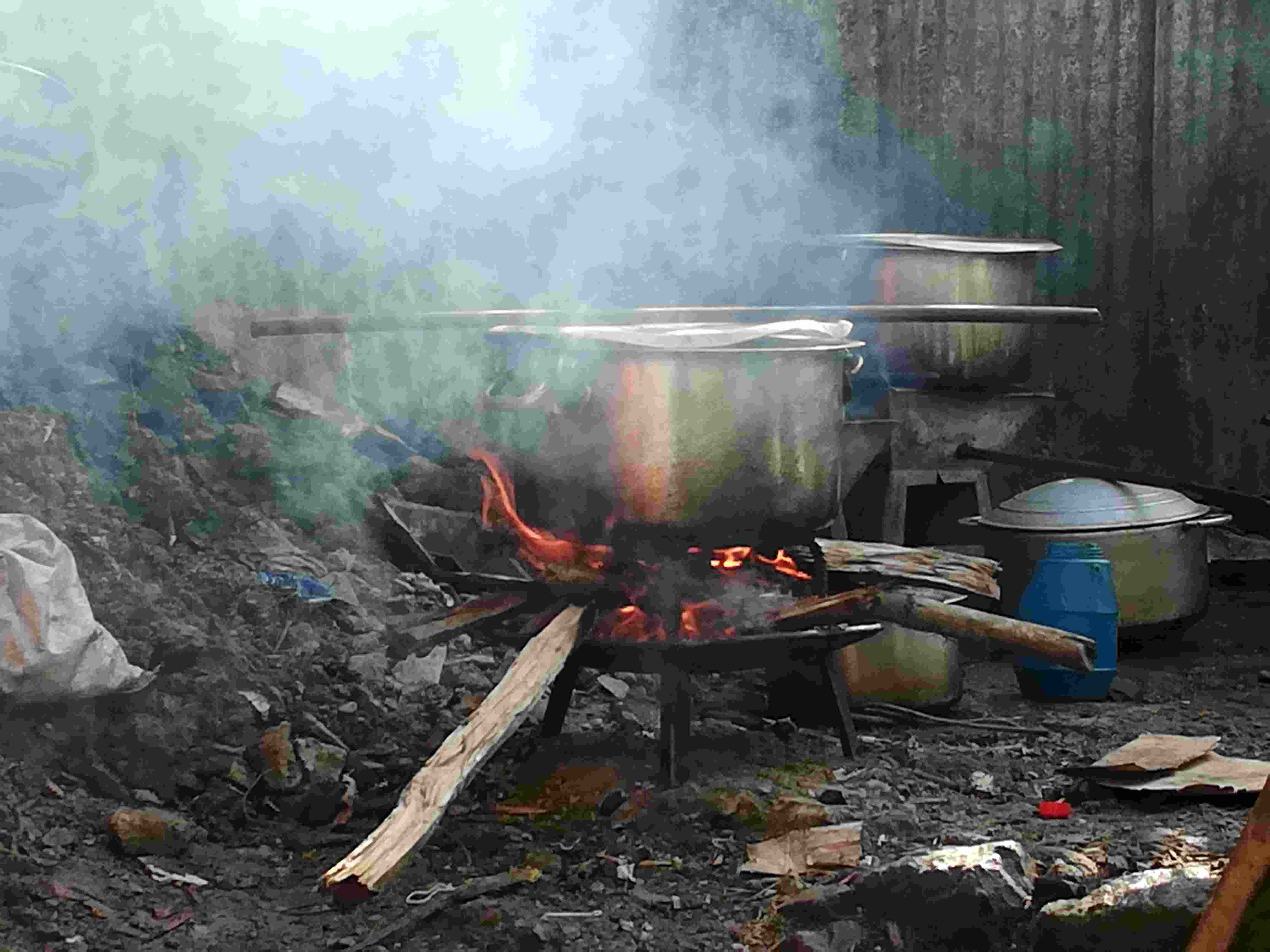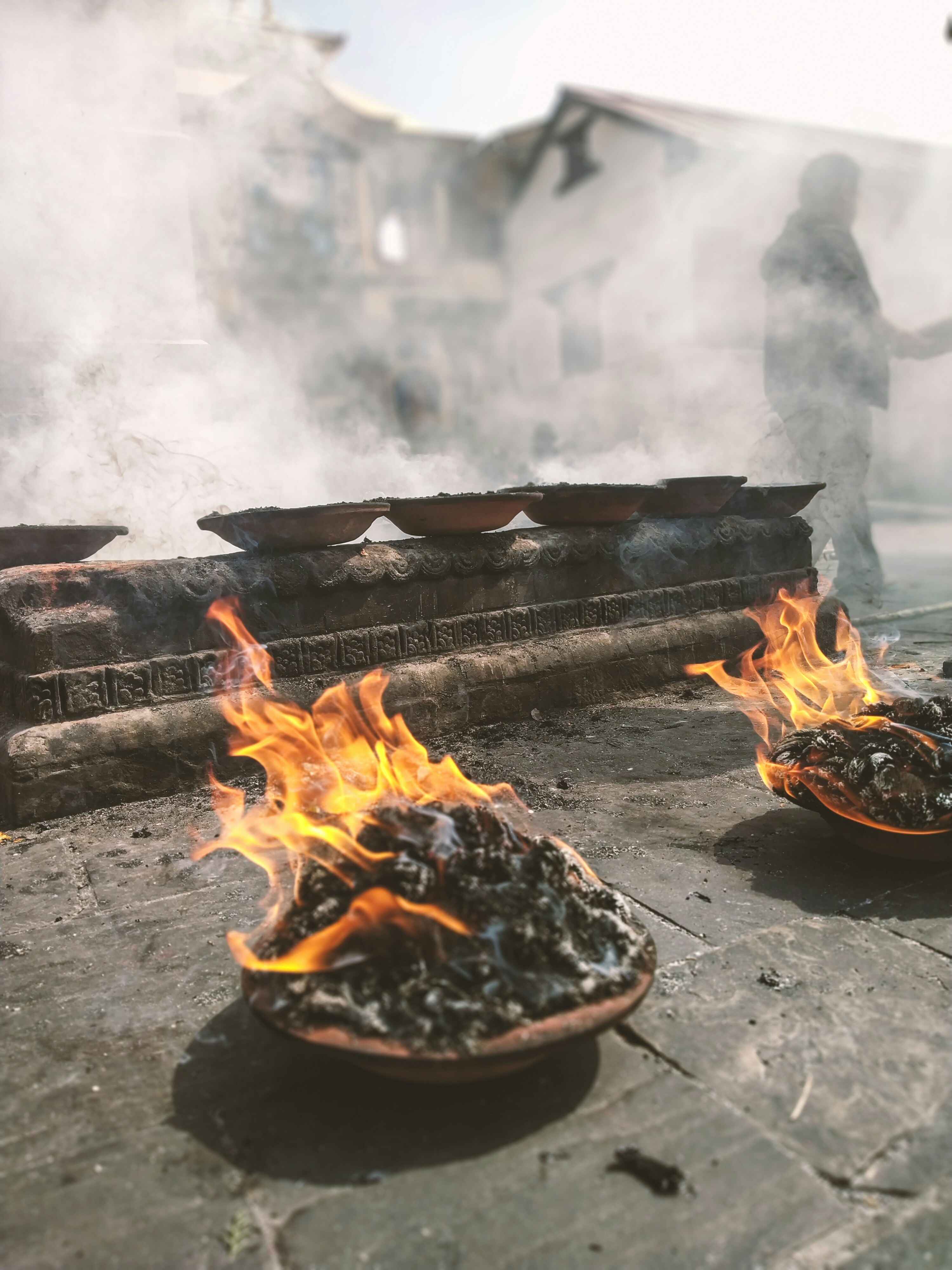Share this Article
Tibetan Buddhism, with its rich spiritual and cultural heritage, holds a deep connection to the land and people of Nepal. The spiritual practices of Tibetan Buddhism are centered around promoting compassion, peace, and enlightenment, with many rituals and symbols that guide followers in their daily lives. Among the most prominent and visually recognizable symbols of Tibetan Buddhism are prayer wheels and prayer flags, both of which hold significant meaning in the daily practices of Nepalese Buddhists, particularly those of Tibetan descent.
In Nepal, these sacred objects are not just ceremonial tools, but serve as spiritual aids to bring blessings, accumulate merit, and maintain harmony between the material and spiritual worlds. The use of prayer wheels and prayer flags has become integral to the Buddhist culture, and they are found in monasteries, stupas, homes, and temples across the country.
1. What Are Prayer Wheels and Flags?
1.1 Prayer Wheels (Mani Chhos)
A prayer wheel, or mani chhos in Tibetan, is a cylindrical wheel inscribed with sacred prayers or mantras. Traditionally, prayer wheels are filled with paper scrolls containing the mantra "Om Mani Padme Hum", one of the most important and powerful mantras in Tibetan Buddhism. This mantra is believed to embody the essence of compassion and the path to enlightenment.
The prayer wheel can be small enough to be held in one's hand or large enough to be mounted on a spindle. When the wheel is spun, it is believed that the prayers and mantras contained within are sent out into the universe, multiplying the benefits of the prayer. This act of turning the prayer wheel, whether manually or with the help of wind or water, is a meditative practice and an act of devotion.
1.2 Prayer Flags (Lungta)
Prayer flags, or lungta in Tibetan, are colorful pieces of cloth printed with prayers, mantras, and auspicious symbols. They are typically hung in high places, such as rooftops, mountain passes, or at the corners of temples and stupas. The five colors of the prayer flags—blue, white, red, green, and yellow—represent the five elements: blue for sky, white for air, red for fire, green for water, and yellow for earth.
Each color is associated with specific qualities and is meant to spread blessings, peace, and good fortune to the environment and the people around. As the wind blows through the flags, it is believed that the sacred words and prayers are carried across the land, spreading positivity and invoking spiritual benefits.
2. The Spiritual Significance of Prayer Wheels and Flags
In Tibetan Buddhism, both prayer wheels and flags serve as tools for spiritual advancement. While they are physical objects, their spiritual influence is much greater, transcending the material world and connecting the practitioner with the divine.
2.1 The Prayer Wheel and Accumulation of Merit
In Tibetan Buddhist belief, turning a prayer wheel is an act of accumulating merit. Merit is a concept in Buddhist philosophy that refers to the spiritual energy or positive karma accumulated through good actions, intentions, and thoughts. It is believed that turning a prayer wheel generates spiritual energy, which contributes to the accumulation of merit, leading to the betterment of one’s spiritual progress.
The prayer wheel is particularly significant because it is thought that each time the wheel is turned, it is as if the practitioner has personally recited the mantra written inside. In this way, prayer wheels offer an easy and accessible means for all people, regardless of their level of spiritual training, to engage in devotional practice and accumulate merit. This is especially important for those unable to meditate or recite mantras due to physical or mental limitations.
2.2 Blessing the Environment through Prayer Flags
In the case of prayer flags, the primary role is to bless the environment and all sentient beings within it. The wind that moves the flags carries the prayers inscribed on them, and by doing so, it is believed that the blessings are sent into the universe. This symbolic act serves as a reminder of the interconnectedness of all beings and the constant presence of compassion.
The act of placing prayer flags is considered a selfless offering to others, and it is often done with the intent of benefiting not only the practitioner but also the entire community. The energy and spiritual vibrations carried by the flags are thought to bring health, happiness, and prosperity to the people in the area.
2.3 Connection to the Five Elements and the Cosmic Forces
The five colors of prayer flags represent the five essential elements that make up the universe: sky, air, fire, water, and earth. Each color has a specific meaning and is believed to bring balance and harmony to the individual and the world. These elements are also associated with cosmic forces that govern all living beings, and prayer flags act as a channel to invoke these forces for well-being and spiritual harmony.
By placing prayer flags in strategic locations—such as on mountain tops or near holy sites—practitioners seek to harmonize the surrounding environment and invoke the blessings of nature’s spiritual forces. The wind is seen as a carrier of prayers, and the fluttering of the flags in the breeze symbolizes the movement of spiritual energy throughout the world.
3. The Rituals and Practices Associated with Prayer Wheels and Flags
In Nepal, especially within the Tibetan Buddhist communities, prayer wheels and flags are used during various rituals and ceremonial practices. These include daily prayers, festivals, pilgrimages, and special offerings at monasteries or stupas.
3.1 Spinning the Prayer Wheel
Spinning the prayer wheel is a daily ritual for many Tibetan Buddhists in Nepal. It is often done while walking around stupas (sacred stupas like the Swayambhunath or Boudhanath Stupa) or while engaging in personal prayers. The act of walking around a stupa, spinning prayer wheels, and chanting mantras is known as a kora. It is believed that by completing a kora while spinning the prayer wheels, the individual accumulates merit and purifies negative karma.
3.2 Hanging Prayer Flags during Religious Festivals
During festivals like Losar (Tibetan New Year), Saga Dawa, and Lama Tsongkhapa Day, families and communities in Nepal celebrate by raising new prayer flags. These flags are often hung on the rooftops, over temples, and in public spaces to honor deities and to bring prosperity and good fortune in the coming year. The raised flags serve as a symbol of purification, ensuring that the coming year will be filled with blessings.
3.3 Pilgrimages and Rituals
During pilgrimages, Tibetan Buddhists often bring their own prayer flags and prayer wheels to holy sites in Nepal, such as Mt. Kailash or Lumbini (the birthplace of Buddha). These sites are considered to be filled with spiritual energy, and the act of placing or spinning prayer wheels and flags at these sacred sites is thought to enhance the spiritual merit of the practitioner.
3.4 Community and Personal Blessings
The communal use of prayer flags is common in Nepal, particularly in monasteries and villages. In village festivals, or during important community events, prayer flags are hoisted together by locals as an offering for peace, prosperity, and good health for all members of the community. These collective efforts strengthen the community bond and foster a sense of shared spirituality and care.
4. Conclusion
Prayer wheels and flags are indispensable components of Tibetan Buddhist spirituality in Nepal. They serve not only as physical objects but also as means for spiritual cultivation, accumulating merit, and spreading blessings. Through these sacred symbols, Nepalese Buddhists connect with the divine, their community, and the universe, contributing to a spiritual life filled with compassion, peace, and enlightenment. Whether spinning a prayer wheel or hanging prayer flags, these rituals remind practitioners of their deeper connection to all sentient beings and the enduring power of positive intention in the world.
Categories:
Culture & Traditions
,
History & Heritage
,
Lifestyle & Local Life
Tags:
tradition
,
Heritage







